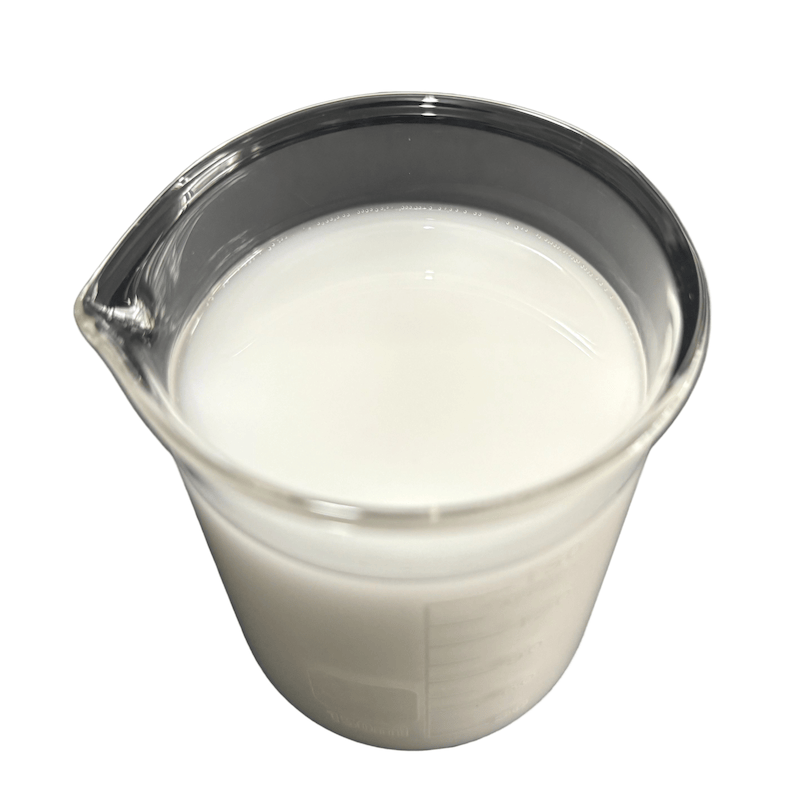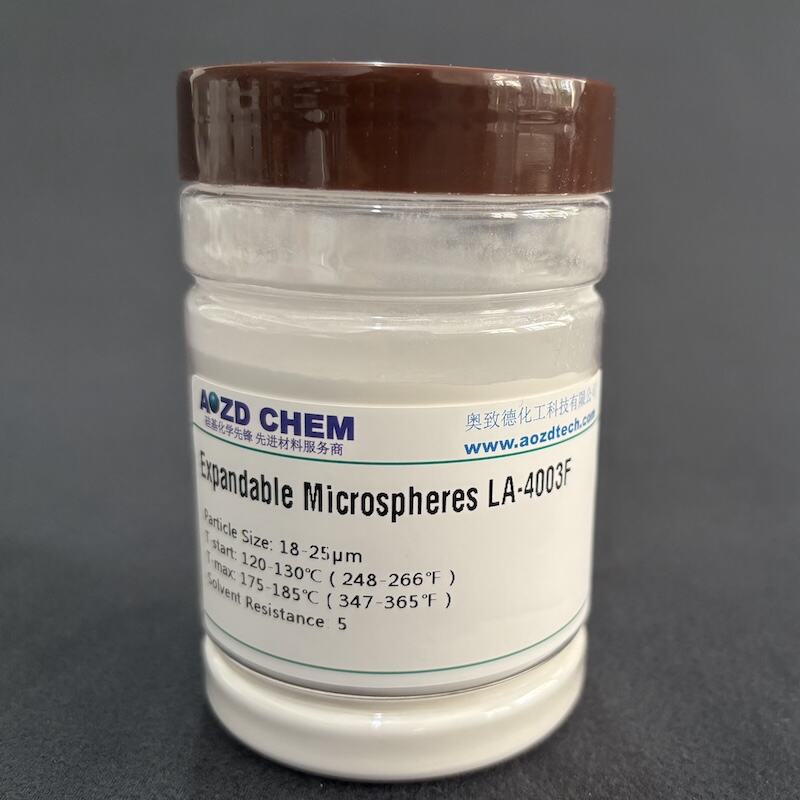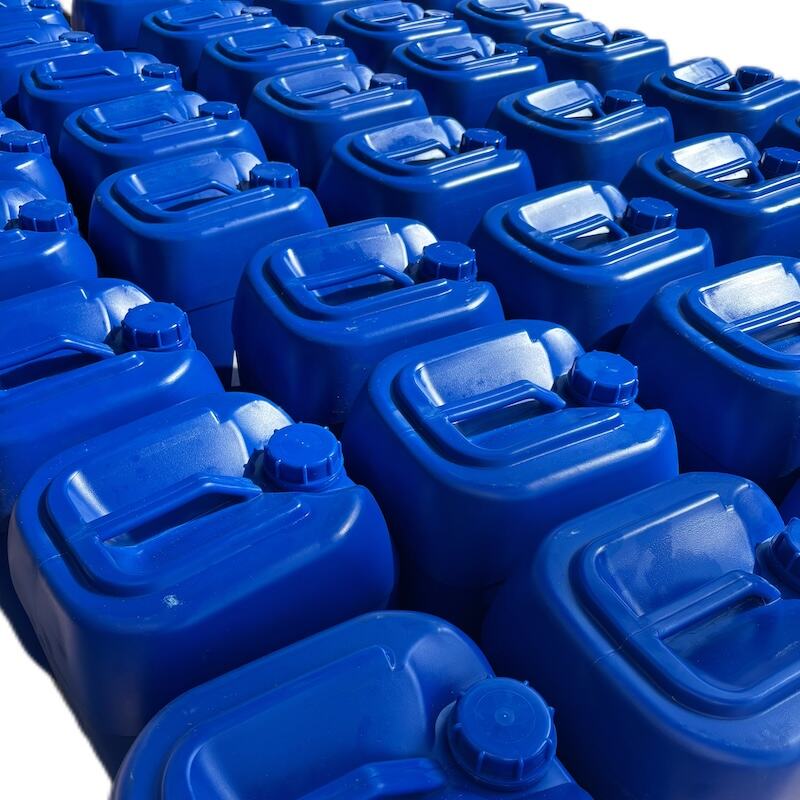leather additives
Leather additives are essential chemical compounds specifically engineered to enhance the quality, durability, and performance characteristics of leather products. These specialized formulations serve multiple functions throughout the leather manufacturing process, from initial tanning to final finishing. The additives include tanning agents, dyes, pigments, fatliquors, finishing agents, and preservatives, each playing a crucial role in transforming raw hide into high-quality leather. These substances work synergistically to improve leather's physical properties, including water resistance, softness, color fastness, and dimensional stability. Modern leather additives incorporate advanced technology to meet increasingly stringent environmental regulations while maintaining superior performance. They enable manufacturers to produce leather with consistent quality, improved aesthetic appeal, and enhanced functional properties. The application of these additives requires precise control and expertise, as different leather types and end-use applications demand specific combinations of additives. From automotive upholstery to luxury goods, leather additives are fundamental in achieving desired characteristics such as moisture resistance, UV protection, antimicrobial properties, and flame retardancy.







